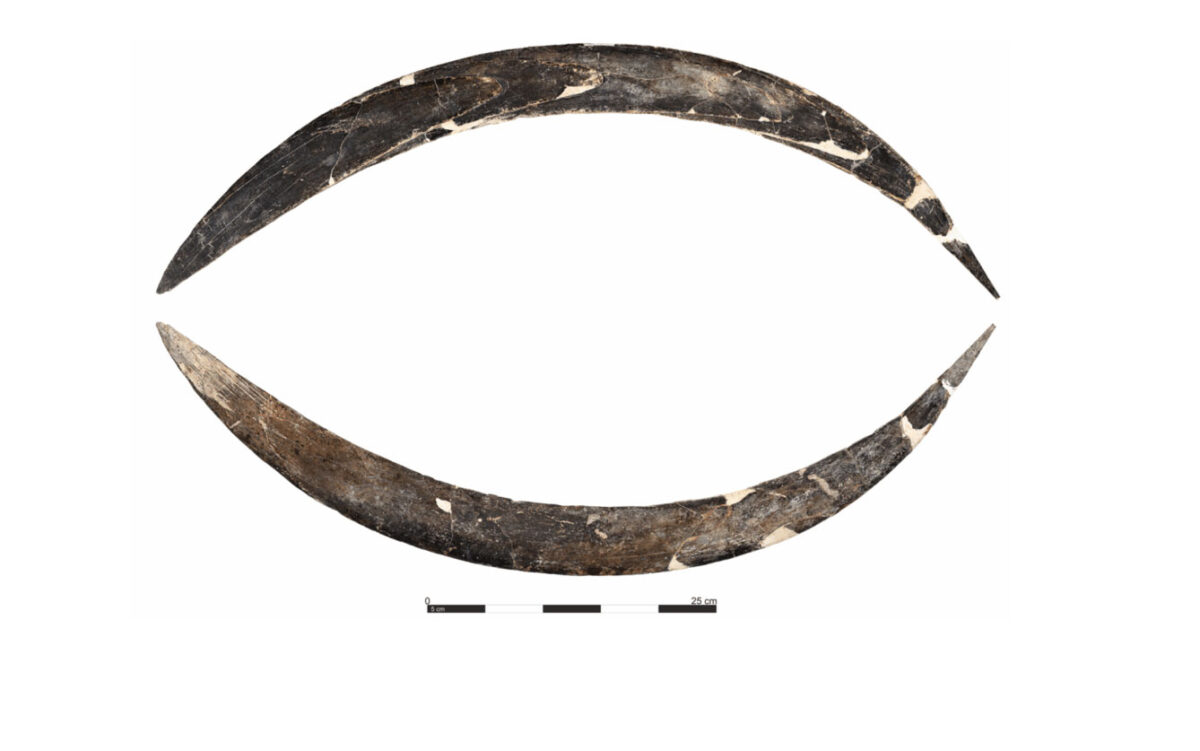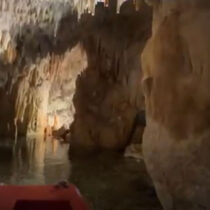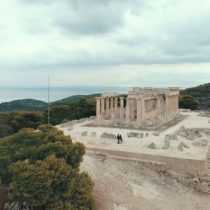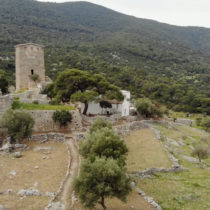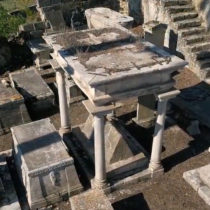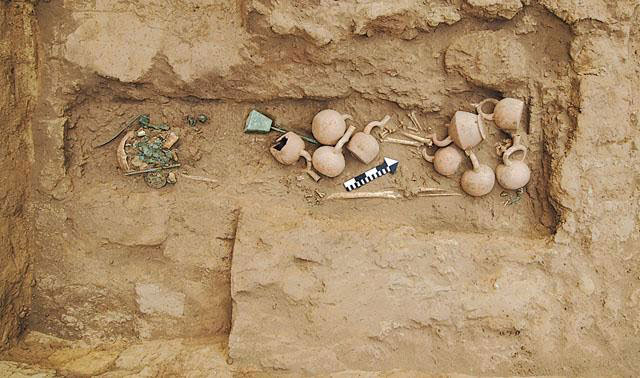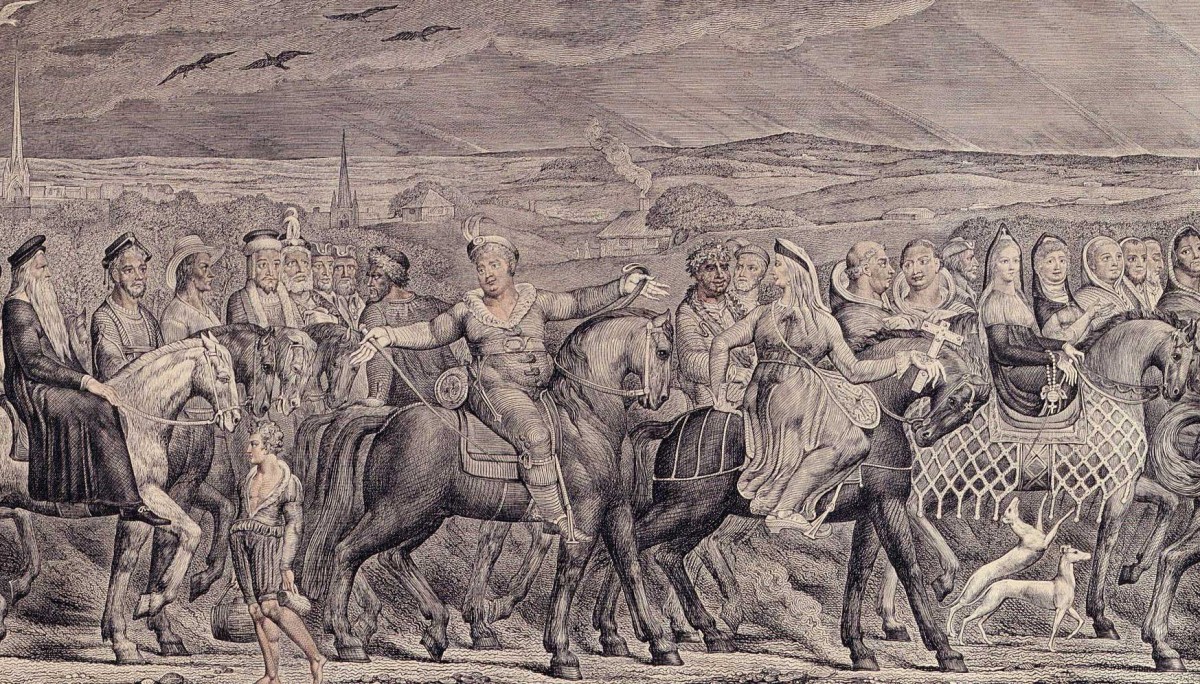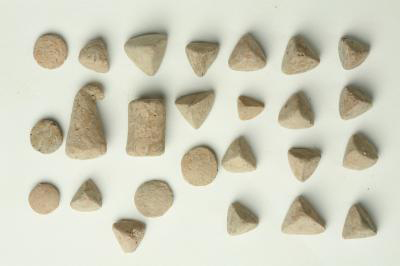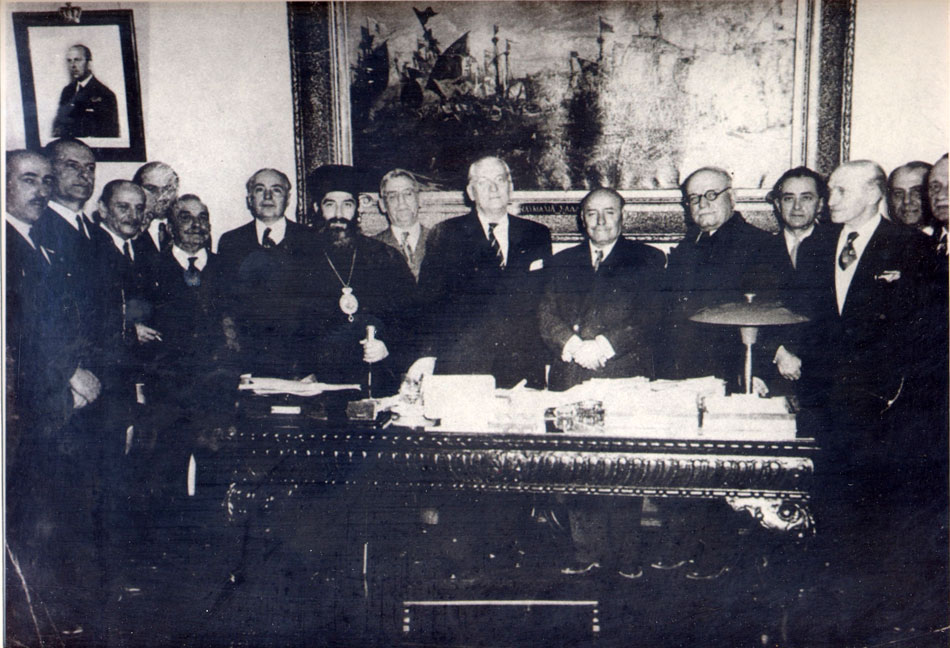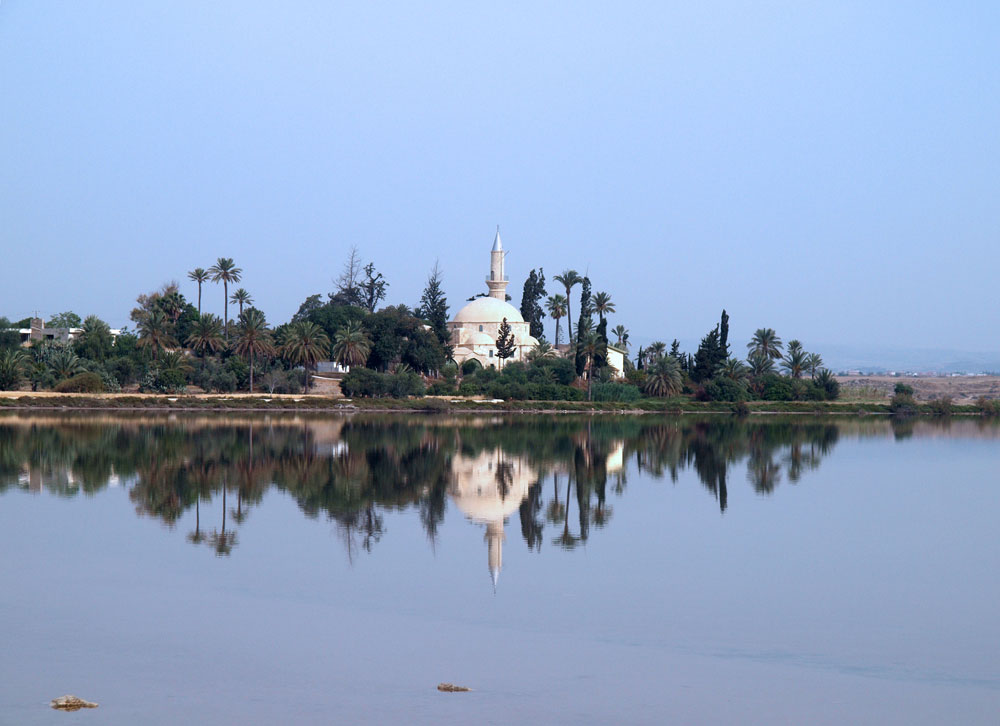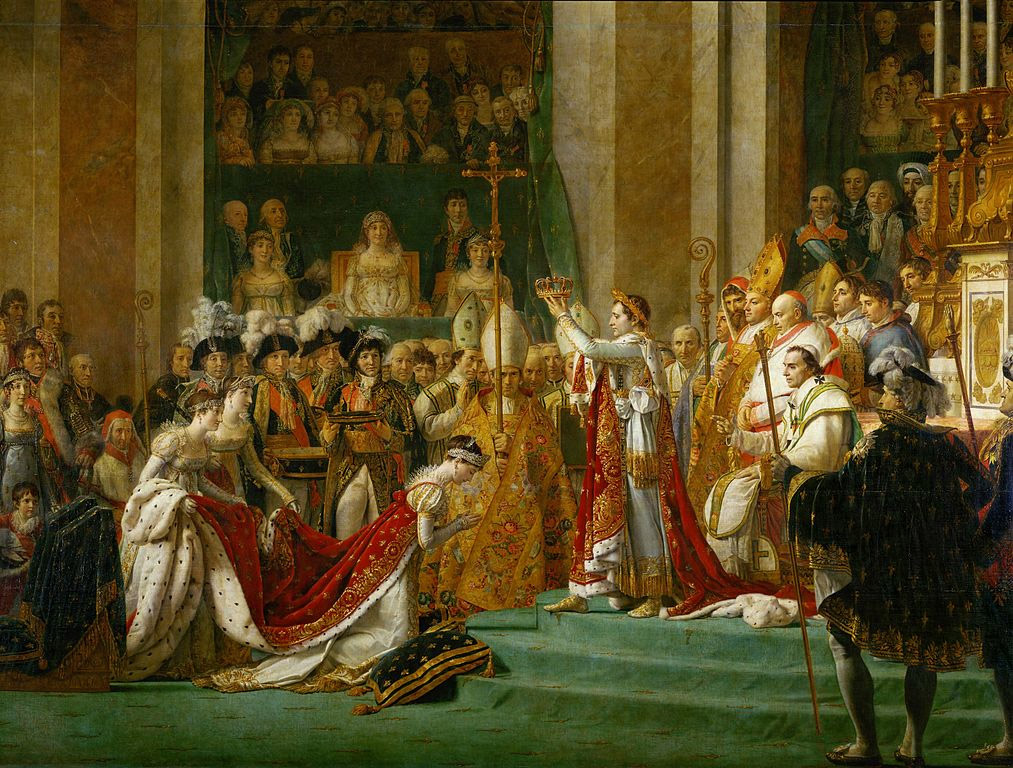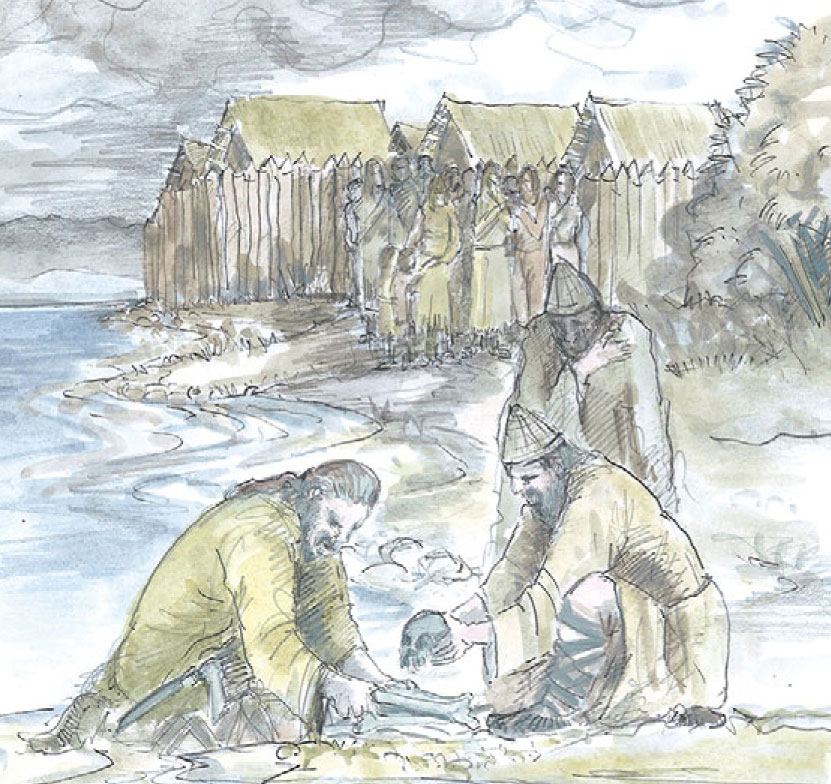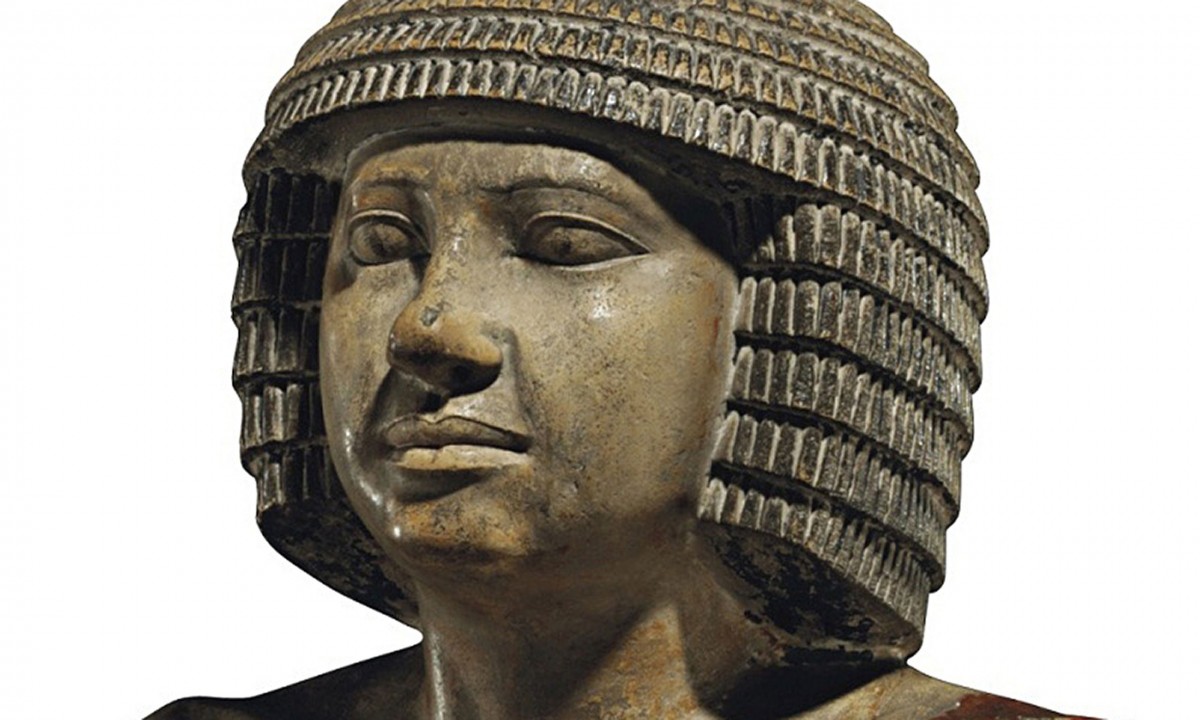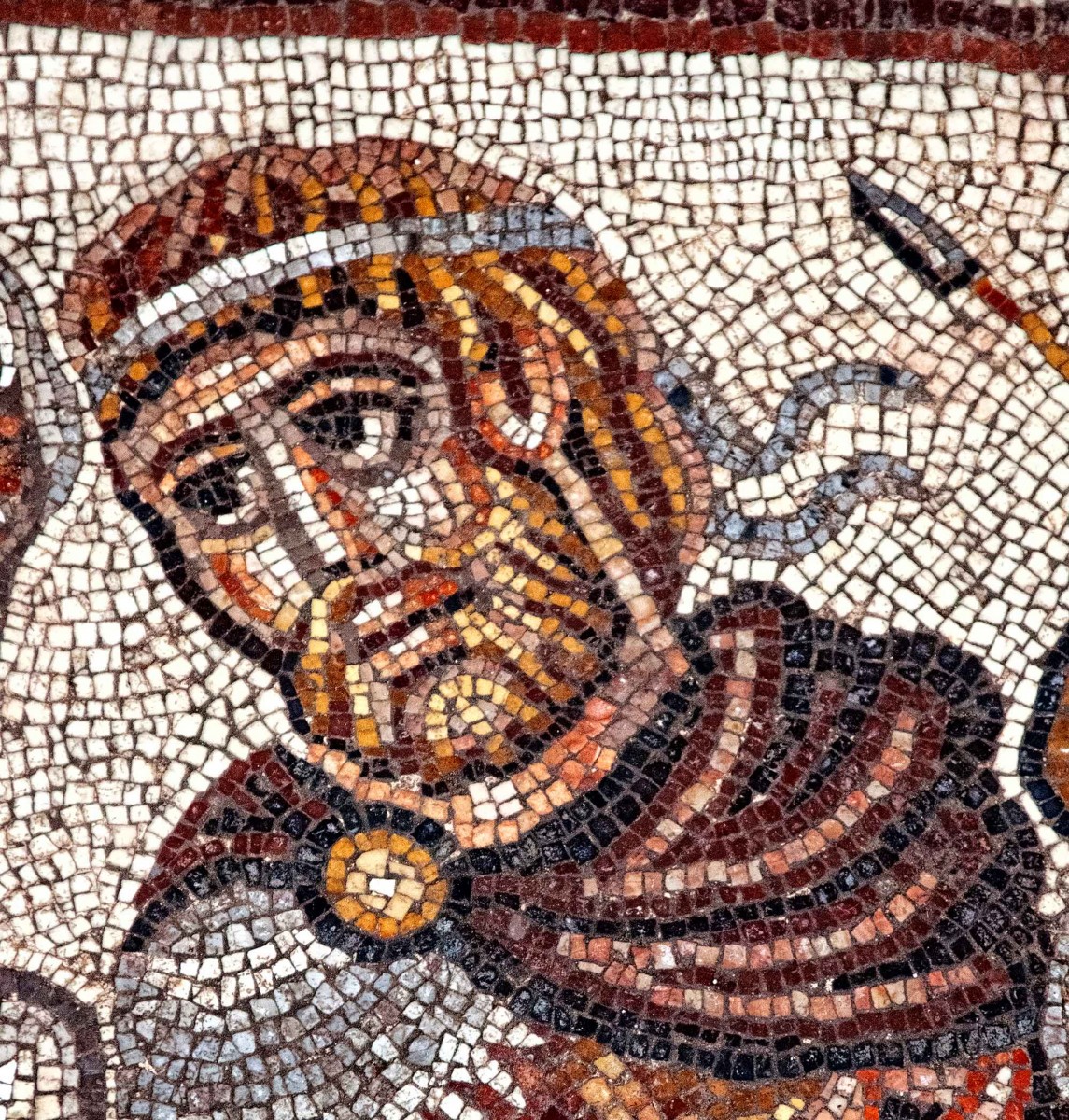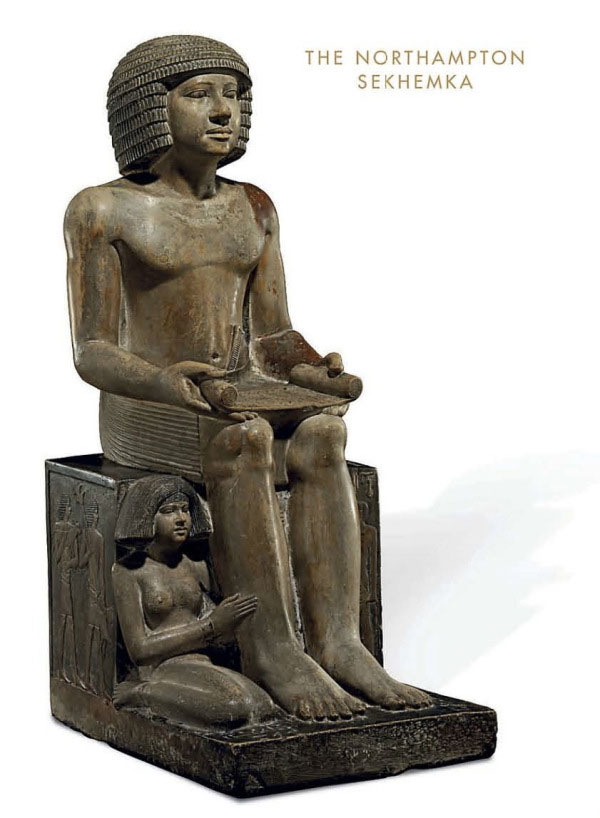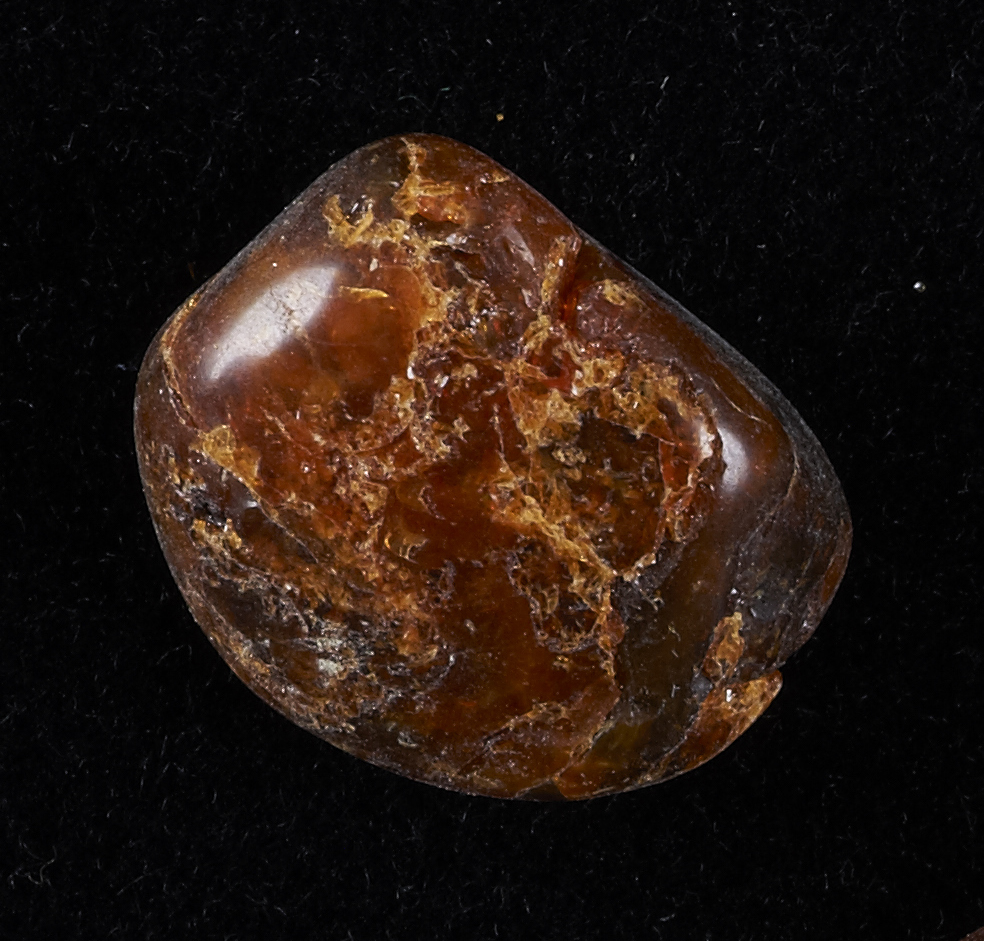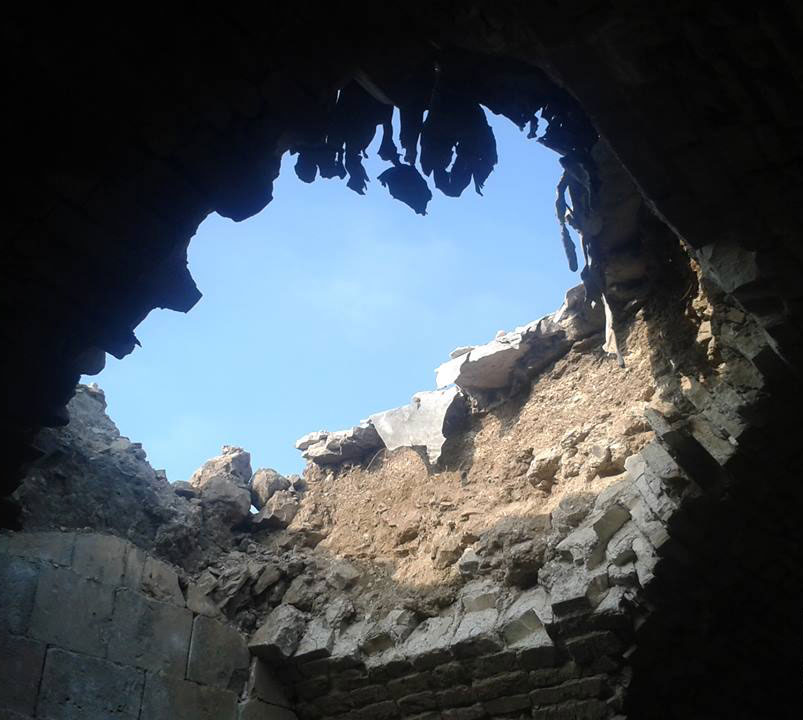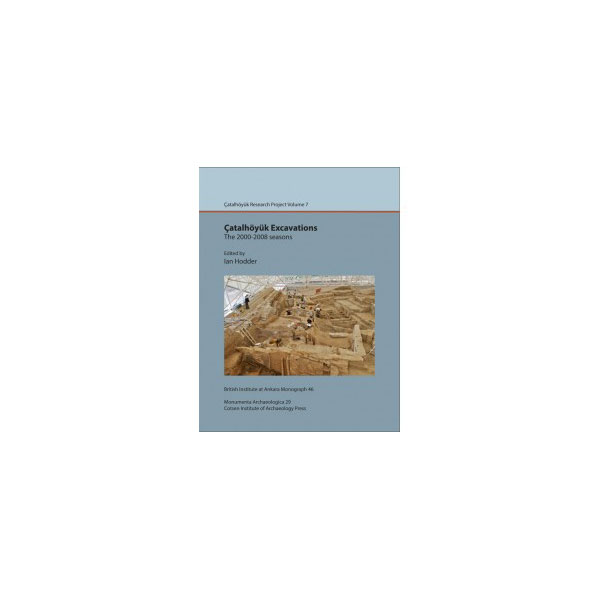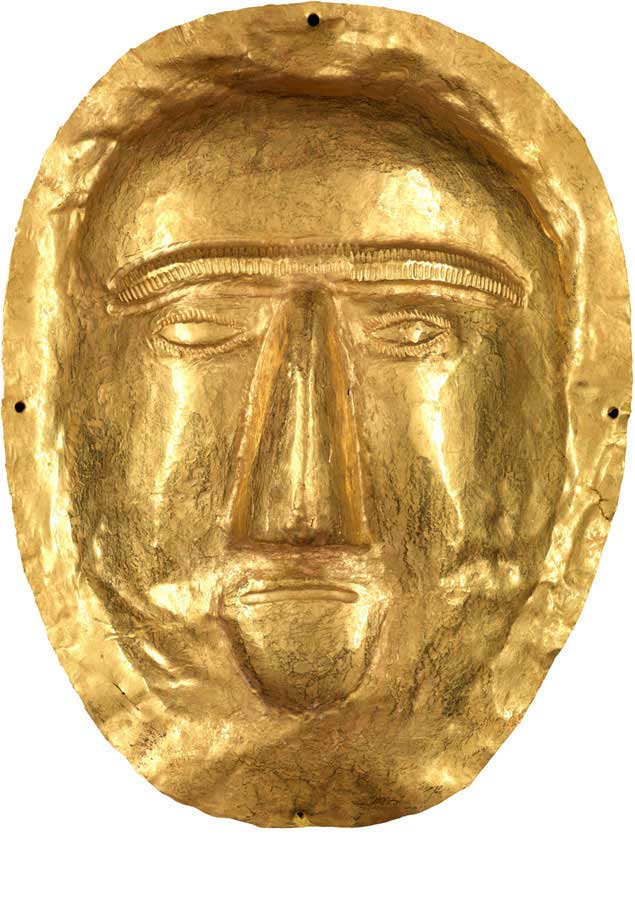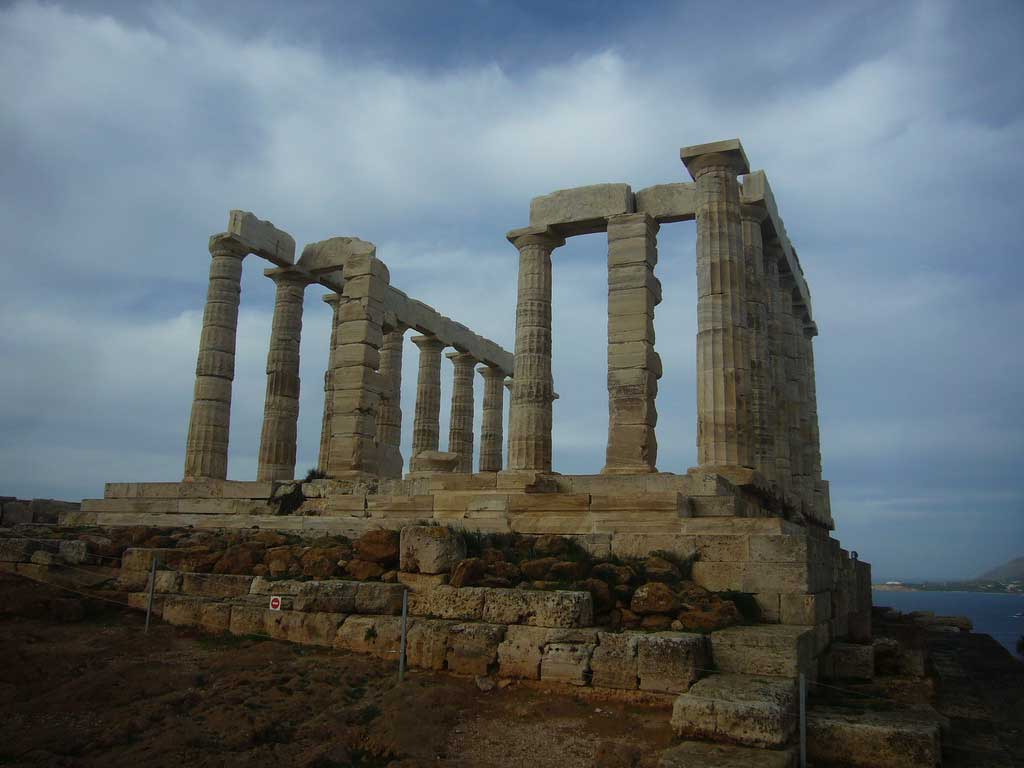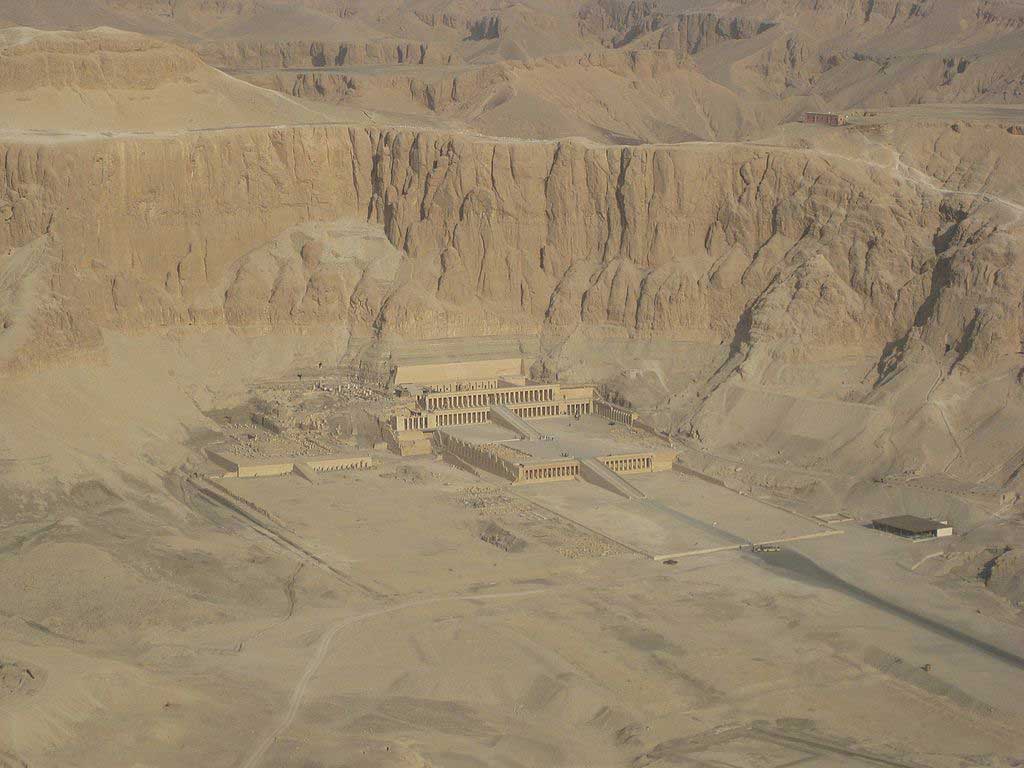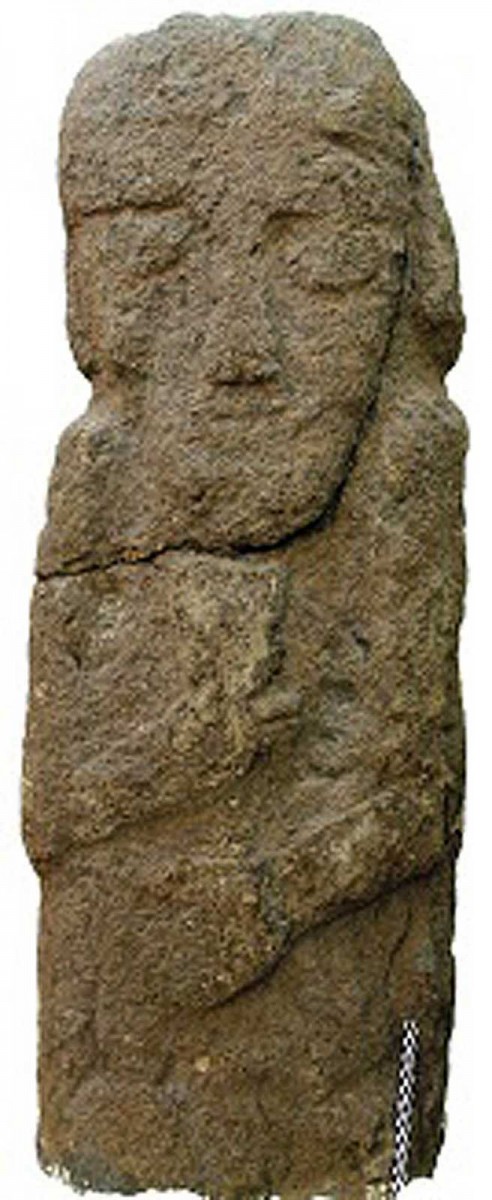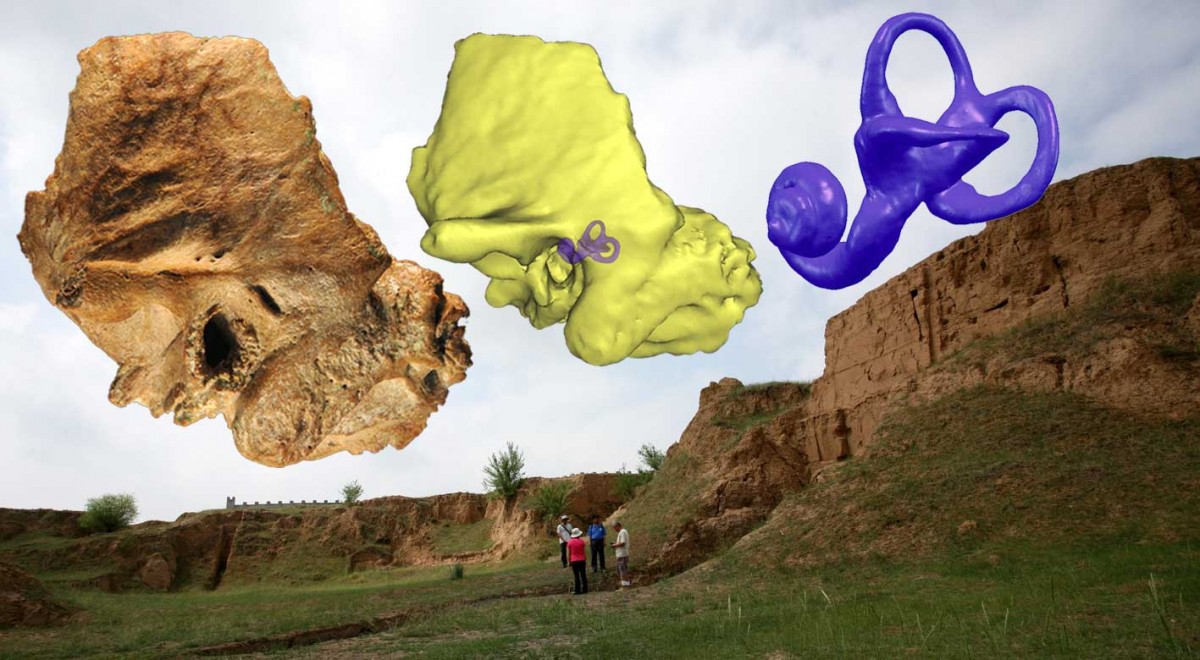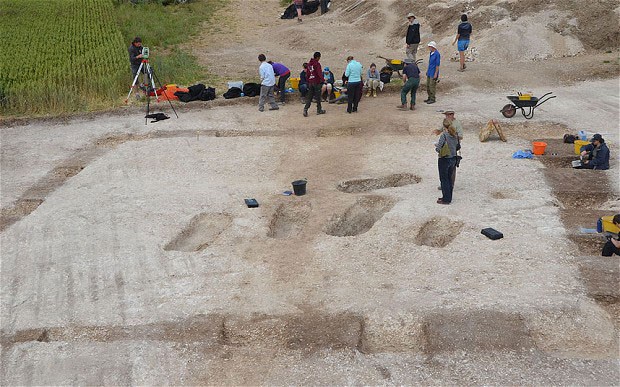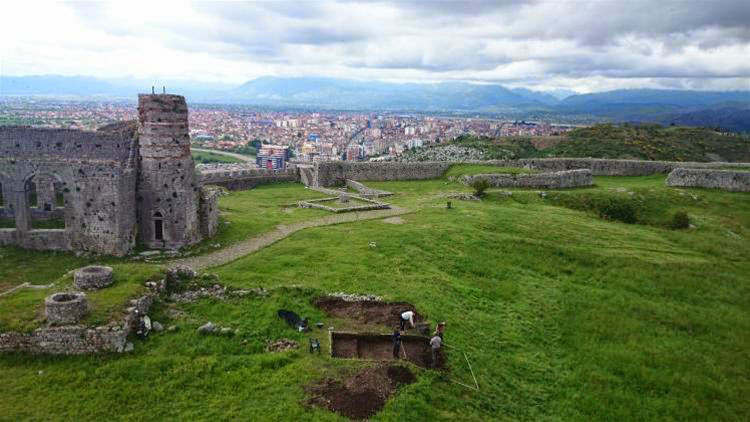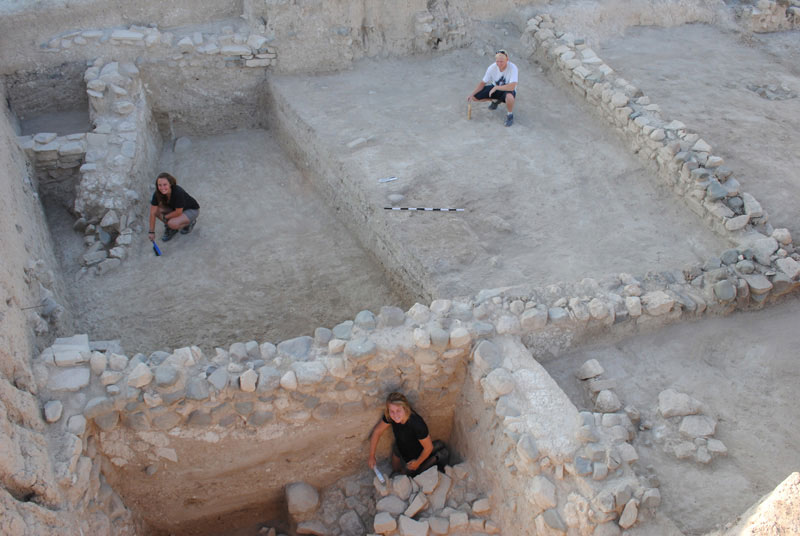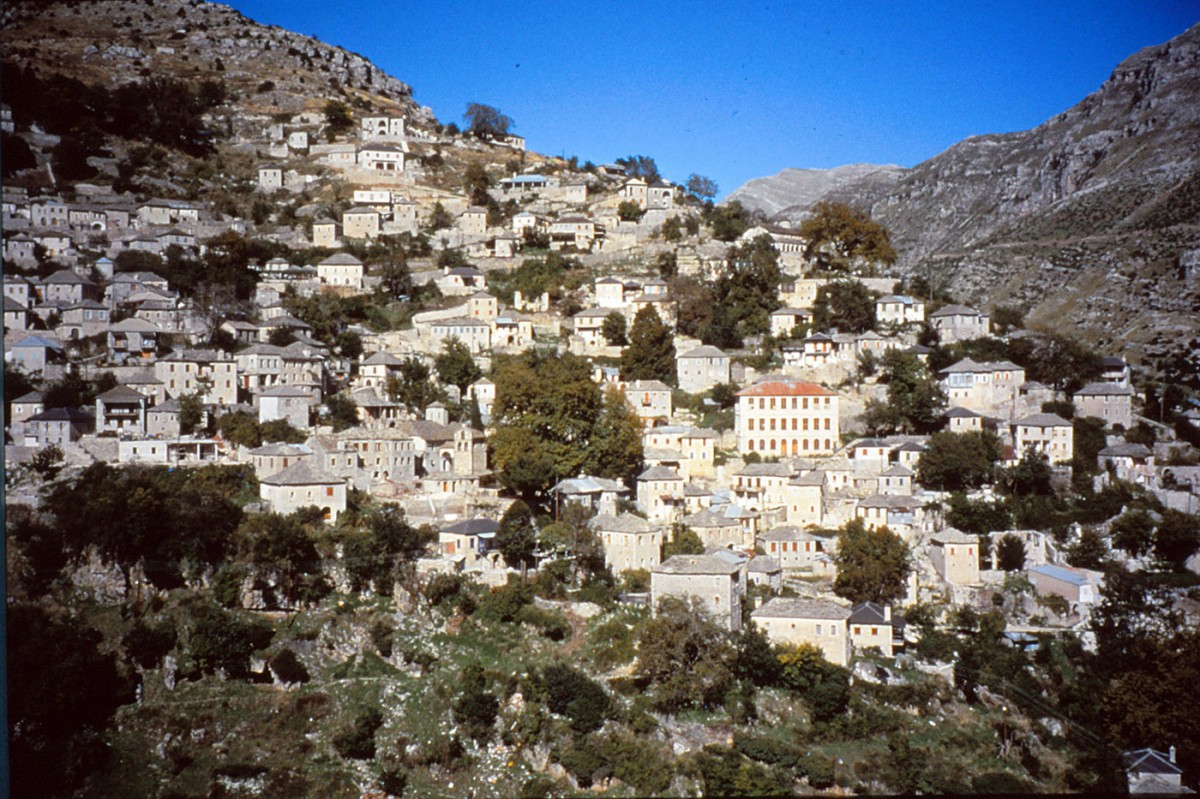Caravaggio to be buried in Tuscan memorial park
On July 18 the great influential painter will be buried near the Tuscan coastal town of Porto Ercole in a memorial park due to open on that day.
Moche culture artefacts unearthed at Huaca de la Luna
Interesting Moche culture artefacts were unearthed during excavations at the Huaca de la Luna, in a previously unknown tomb belonging to a Moche ruler. The tomb contained the remains of an adult male. The objects found within the tomb indicate the elite
Sacred Journeys
Invitation of abstracts for the 3nd annual Symposium to be held September 26-28, 2014 at the College of William & Mary, Williamsburg, Virginia.
Prehistoric ‘bookkeeping’ continued long after invention of writing
Archaeologists have uncovered a large number of clay tokens that were used as records of trade until the advent of writing, or so it had been believed.
Hellenic Maritime Museum
Presentation of the Hellenic Maritime Museum, its objectives, collections and programmes.
The mosque of Hala Sultan in Larnaka receives TripAdvisor Certificate of Excellence
The mosque of Hala Sultan in Larnaka, Cyprus has received the certificate of Excellence for 2014 by the well-known and established travel website TripAdvisor, used by millions of travelers around the world.
Napoleon and Josephine’s marriage certificate goes under the hammer
The marriage certificate that preceded the tying of the knot between Napoleon Bonaparte and his first love, Josephine will go under the hammer next September in France.
Child skulls as gifts for the gods
Children's skulls found at the edges of Bronze Age settlements may have been a gift for the local lake gods to ward off flooding, according to a recently published study.
Was the sale of the Egyptian statue for nothing?
Was the sale of the Egyptian statue for nothing? Additional funding is needed for the museum's extension and the risk of losing accreditation status still exists.
Non-biblical narrative found decorating an ancient synagogue
The first ancient synagogue mosaic to feature a non-biblical narrative was revealed at the 5th-century synagogue at Huqoq, an ancient Jewish village in Israel's Lower Galilee.
Save Sekhemka
The way that the museum has decided to sell this asset to pay for other activities has raised an ethical issue...
One secret of ancient amber revealed
"Inside Amber: The Structural Role of Succinic Acid in Class Ia and Class Id Resinite" is a recently published study which reveals the gemstone's secret architecture.
Save Syria’s historic sites from oblivion
The BBC has published a series of APSA photographs documenting this "other" casualty of war.
The ‘Amazonian savannah’ before the rainforest
Large parts of the Amazon basin may have supported farming communities and looked more like open savannah than rainforest, prior to the arrival of Europeans in South America.
Çatalhöyük Research Project: Collected Volumes 7-10
Çatalhöyük Excavations presents the results of the excavations that took place at the site from 2000 to 2008 when the main aim was to understand the social geography of the settlement, its layout and social organization.
Roads of Arabia
"Roads of Arabia: Archaeology and History of the Kingdom of Saudi Arabia" opens October 24, 2014 and will run through January 18, 2015 at the San Francisco's Asian Art Museum.
Becoming a Citizen and Leader in Ancient Greece and Modern America
The Ephebe’s Journey Workshop "Becoming a Citizen and Leader in Ancient Greece and Modern America" will take place on August 1-2, 2014. It is organized by the Center for Hellenic Studies - Harvard University.
Scanning mummies from the Temple of Hatshepsut
The scientists from the Polish-Egyptian Archaeological and Preservation Mission at the Temple of Hatshepsut are using computed tomography and X-ray to study more than 2.5 thousand years old mummies of the priests of the god Montu.
Column bases may represent lost Urartu temple
Column bases may represent lost Urartu temple, according to a recent presentation given at the International Congress on the Archaeology of the Ancient Near East, held at the University of Basel in Switzerland.
Modern humans emerged from complex “labyrinth of biology and peoples”
Re-examination of a circa 100,000-year-old archaic early human skull found 35 years ago in Northern China has revealed the surprising presence of an inner-ear formation long thought to occur only in Neandertals.
Skeletal remains found at a late-Roman villa in England
A new archaeological find uncovered at the Durotriges site in Dorset could help to shed light on the rural elite of late-Roman Britain.
Polish archaeologists discovered medieval bath in Shkodër
Polish archaeologists discovered a fourteenth-century bath in Shkodër - the oldest object of this type studied so far in Albania.
Politiko-Troullia: An archaeological window on the farming and mining communities
The results from Politiko-Troullia open an archaeological window on the farming and mining communities that provided the foundation for urbanized civilization on Cyprus.
Ancient Athamania – Byzantine Tzemerniko – Modern Tzoumerka
The Tzoumerka region's long and eventful history from the Bronze Age until it was annexed to the newly formed Greek State in 1881.
